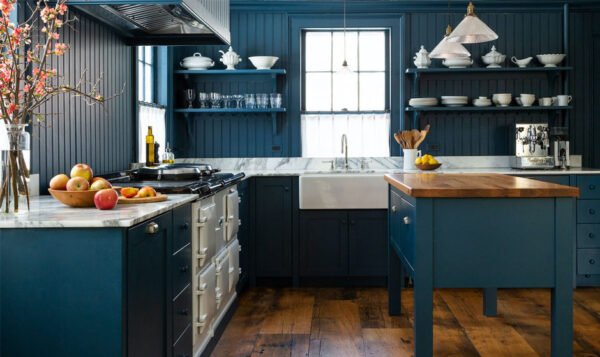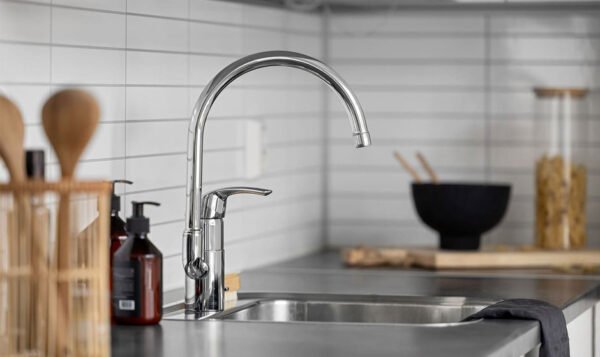Choosing the Right Size and Placement for Roof Lights in Your Home

Natural light can transform a living space, making it feel more open, inviting, and energising. One effective way to maximise the benefits of natural light is by installing roof lights. Choosing the right size and placement is crucial to ensure that your home is bathed in beautiful, sun-kissed illumination.
1.Assessing Your Space:
Before diving into the specifics of roof light sizes or warehouse lights and placements, take a step back and assess your living space. Consider the size and layout of the room where you plan to install the roof lights. Take note of any potential obstructions such as nearby buildings, trees, or architectural features that may impact the amount of sunlight reaching your home.
2.Size:
The size of your roof lights is a critical factor that directly influences the amount of natural light entering your home. While larger roof lights generally allow more light to flood into a room, it’s essential to strike a balance. Oversized roof lights might lead to excessive heat gain in the summer or loss in the winter. Conversely, too small a size may not provide sufficient illumination.
A good rule of thumb is to aim for roof lights that cover around 15-20% of the floor space in the room. This guideline helps maintain an optimal balance between natural light and the room’s overall aesthetics and functionality.
3.Placement:
The placement of roof lights plays a pivotal role in harnessing sunlight effectively. Consider the orientation of your home and the path of the sun throughout the day. South-facing roof lights will receive the most sunlight, providing ample brightness throughout the day. However, if your home is in a hot climate, you may want to balance sunlight exposure to avoid excessive heat.
For rooms with a northern exposure, strategically placed roof lights can capture indirect sunlight, brightening the space without the risk of overheating. East and west-facing roof lights offer a compromise, providing a balance of morning or afternoon sunlight.
4.Purposeful Design:
Beyond the practical considerations, think about the design and purpose of the room. Different areas of your home may benefit from specific roof light placements. For example:
- In kitchens, consider installing roof lights directly above workspaces to enhance visibility.
- In living rooms, a centralised roof light can create a focal point and evenly distribute light.
- Bedrooms may benefit from smaller roof lights strategically placed to avoid direct sunlight during morning or evening hours.
5.Energy Efficiency and Glazing Options:
Consider the energy efficiency of your chosen roof lights. Double or triple glazing can enhance insulation, helping to regulate temperature and reduce energy costs. Low-emissivity coatings on the glass can also prevent heat loss in colder months while minimising heat gain in the summer.
A reliable rooflight supplier will offer a variety of glazing options, providing you with the flexibility to choose the level of insulation that suits your climate and energy efficiency goals.
6.Budget:
While the allure of expansive roof lights may be tempting, it’s crucial to factor in your budget. Larger or more intricate roof light designs may come with a higher price tag, not only in terms of the initial purchase but also installation costs. Consult with your supplier to find options that align with your budget while still meeting your lighting and design objectives.



